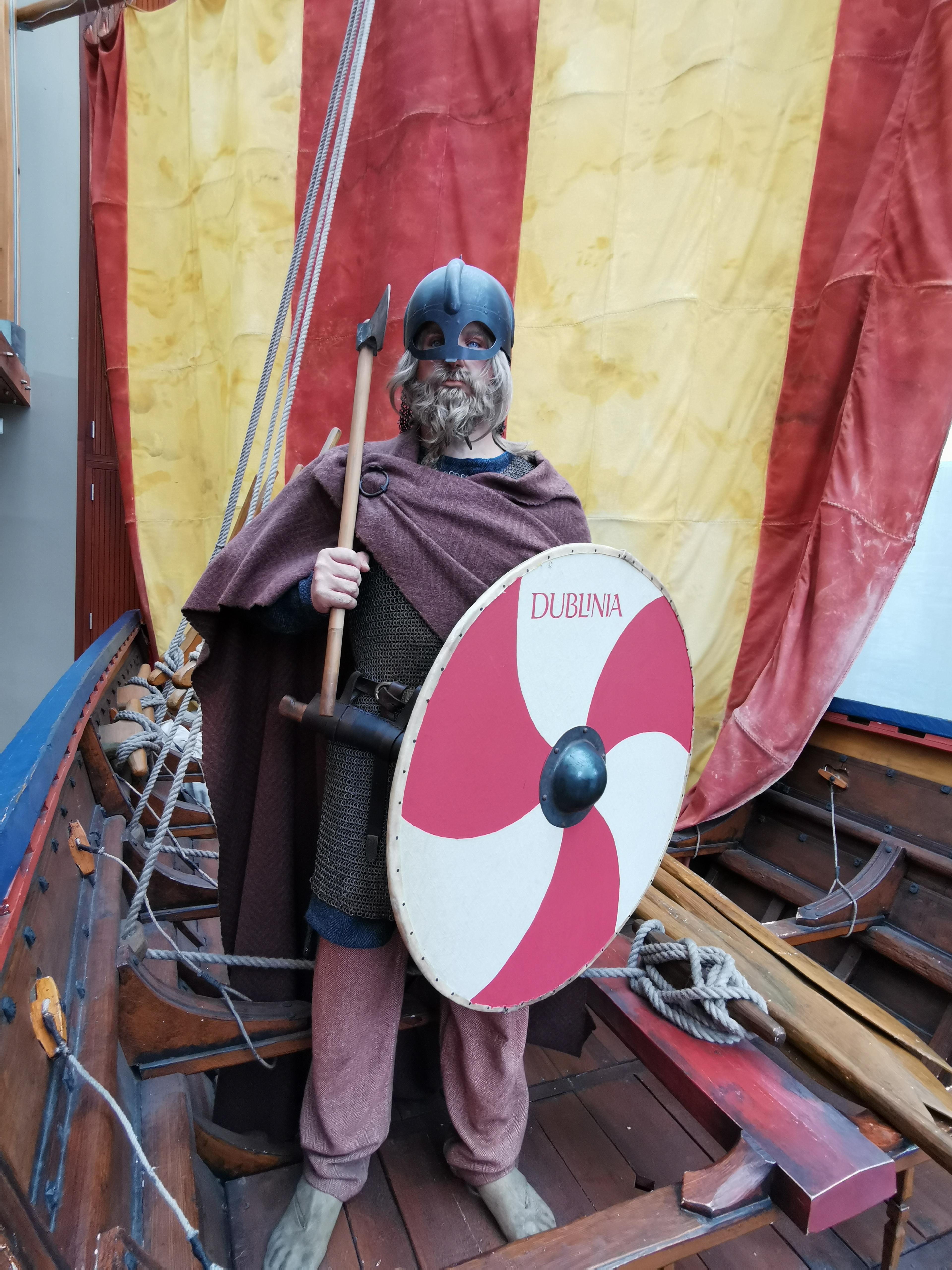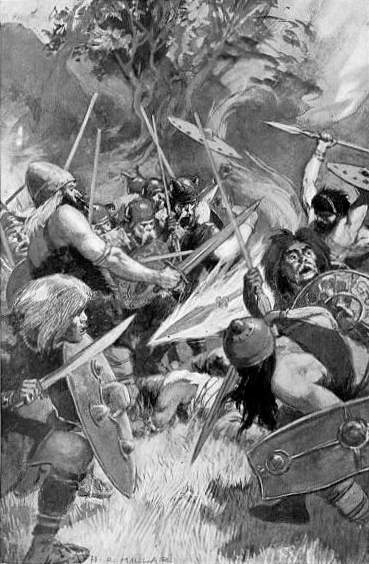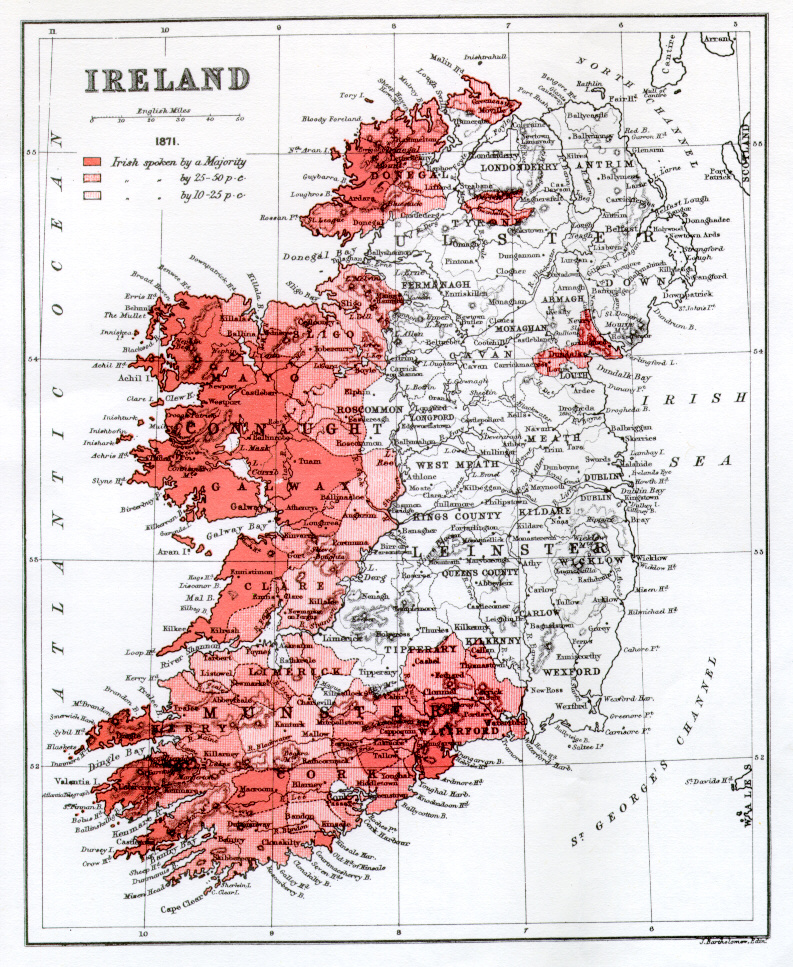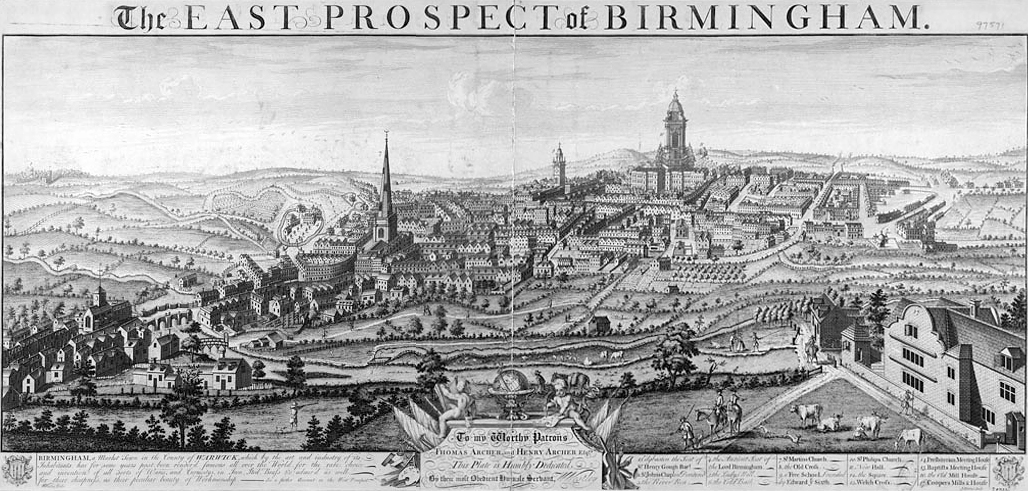|
Patrick Pearse
Patrick Henry Pearse (also known as Pádraig or Pádraic Pearse; ; 10 November 1879 – 3 May 1916) was an Irish teacher, barrister, Irish poetry, poet, writer, Irish nationalism, nationalist, Irish republicanism, republican political activist and revolutionary who was one of the leaders of the Easter Rising in 1916. Following his execution along with fifteen others, Pearse came to be seen by many as the embodiment of the rebellion. Early life and influences Pearse, his brother Willie Pearse, Willie, and his sisters Margaret Mary Pearse, Margaret and Mary Brigid were born at 27 Pearse Street, Great Brunswick Street, Dublin, the street that is named after them today. It was here that their father, James Pearse, established a stonemasonry business in the 1850s, a business which flourished and provided the Pearses with a comfortable middle-class upbringing. Pearse's father was a mason and monumental sculptor, and originally a Unitarianism, Unitarian from Birmingham in England. His ... [...More Info...] [...Related Items...] OR: [Wikipedia] [Google] [Baidu] |
Dublin
Dublin is the capital and largest city of Republic of Ireland, Ireland. Situated on Dublin Bay at the mouth of the River Liffey, it is in the Provinces of Ireland, province of Leinster, and is bordered on the south by the Dublin Mountains, part of the Wicklow Mountains range. Dublin is the largest city by population on the island of Ireland; at the 2022 census of Ireland, 2022 census, the city council area had a population of 592,713, while the city including suburbs had a population of 1,263,219, County Dublin had a population of 1,501,500. Various definitions of a metropolitan Greater Dublin Area exist. A settlement was established in the area by the Gaels during or before the 7th century, followed by the Vikings. As the Kingdom of Dublin grew, it became Ireland's principal settlement by the 12th century Anglo-Norman invasion of Ireland. The city expanded rapidly from the 17th century and was briefly the second largest in the British Empire and sixth largest in Western Europ ... [...More Info...] [...Related Items...] OR: [Wikipedia] [Google] [Baidu] |
Pearse Street
Pearse Street () is a major street in Dublin. It runs from College Street in the west to MacMahon Bridge in the east, and is one of the city's longest streets. It has several different types of residential and commercial property along its length. History The street is named after the Irish revolutionaries, Patrick Pearse and his brother William. It first appears as Moss Lane, then Channel Row. It was constructed to connect the city centre to the Grand Canal Dock, primarily for commercial traffic. It was named Great Brunswick Street for the House of Brunswick, holders of the British and Irish crown from 1714 to 1901. The Dublin Oil Gas Company was established in 1824 with its main premises on Great Brunswick Street. This eventually became the Academy Cinema. The Brunswick and Shamrock Pneumatic Cycle Factory was at No. 2. The Lyceum Theatre planned to build a new building on Great Brunswick Street at its junction with Tara Street. Plans were submitted in 1884 for a 2,5 ... [...More Info...] [...Related Items...] OR: [Wikipedia] [Google] [Baidu] |
Irish Mythology
Irish mythology is the body of myths indigenous to the island of Ireland. It was originally Oral tradition, passed down orally in the Prehistoric Ireland, prehistoric era. In the History of Ireland (795–1169), early medieval era, myths were Early Irish literature, written down by Celtic Christianity, Christian scribes, who Christianized them to some extent. Irish mythology is the best-preserved branch of Celtic mythology. The myths are conventionally grouped into 'List of literary cycles, cycles'. The Mythological Cycle consists of tales and poems about the god-like Tuatha Dé Danann, who are based on Ireland's pagan deities, and other mythical races like the Fomorians. Important works in the cycle are the ''Lebor Gabála Érenn'' ("Book of Invasions"), a legendary history of Ireland, the ''Cath Maige Tuired'' ("Battle of Moytura"), and the ''Aided Chlainne Lir'' ("Children of Lir"). The Ulster Cycle consists of heroic legends relating to the Ulaid, the most important of whi ... [...More Info...] [...Related Items...] OR: [Wikipedia] [Google] [Baidu] |
History Ireland
''History Ireland'' is a magazine with a focus on the history of Ireland. The first issue of the magazine appeared in Spring 1993. It went full-colour in 2004 and since 2005 it is published bi-monthly. It features articles by a range of writers and book reviews. The magazine's editor is Tommy Graham of the Tisch School of the Arts, New York University New York University (NYU) is a private university, private research university in New York City, New York, United States. Chartered in 1831 by the New York State Legislature, NYU was founded in 1832 by Albert Gallatin as a Nondenominational ..., Dublin Programme. References External linksMagazine website [...More Info...] [...Related Items...] OR: [Wikipedia] [Google] [Baidu] |
Culture Of Ireland
The culture of Ireland includes the art, music, dance, folklore, traditional clothing, language, literature, cuisine and sport associated with Ireland and the Irish people. For most of its recorded history, the country’s culture has been primarily Gaelic (see Gaelic Ireland). Strong family values, wit and an appreciation for tradition are commonly associated with Irish culture. Irish culture has been greatly influenced by Christianity, most notably by the Catholic Church, Roman Catholic Church, and Religion in the Republic of Ireland, religion plays a significant role in the lives of many Irish people. Today, there are often notable cultural differences between those of Roman Catholicism in Ireland, Catholic, Protestantism in Ireland, Protestant and Eastern Orthodox Church, Orthodox background. References to God can be found in spoken Irish, notably exemplified by the Irish equivalent of “Hello” — “Dia dhuit” ( "God be with you"). Irish culture has Celts, Cel ... [...More Info...] [...Related Items...] OR: [Wikipedia] [Google] [Baidu] |
Irish Language
Irish (Standard Irish: ), also known as Irish Gaelic or simply Gaelic ( ), is a Celtic language of the Indo-European language family. It is a member of the Goidelic languages of the Insular Celtic sub branch of the family and is indigenous language, indigenous to the island of Ireland. It was the majority of the population's first language until the 19th century, when English (language), English gradually became dominant, particularly in the last decades of the century, in what is sometimes characterised as a result of linguistic imperialism. Today, Irish is still commonly spoken as a first language in Ireland's Gaeltacht regions, in which 2% of Ireland's population lived in 2022. The total number of people (aged 3 and over) in Ireland who declared they could speak Irish in April 2022 was 1,873,997, representing 40% of respondents, but of these, 472,887 said they never spoke it and a further 551,993 said they only spoke it within the education system. Linguistic analyses o ... [...More Info...] [...Related Items...] OR: [Wikipedia] [Google] [Baidu] |
American Civil War
The American Civil War (April 12, 1861May 26, 1865; also known by Names of the American Civil War, other names) was a civil war in the United States between the Union (American Civil War), Union ("the North") and the Confederate States of America, Confederacy ("the South"), which was formed in 1861 by U.S. state, states that had Secession in the United States, seceded from the Union. The Origins of the American Civil War, central conflict leading to war was a dispute over whether Slavery in the United States, slavery should be permitted to expand into the western territories, leading to more slave states, or be prohibited from doing so, which many believed would place slavery on a course of ultimate extinction. Timeline of events leading to the American Civil War, Decades of controversy over slavery came to a head when Abraham Lincoln, who opposed slavery's expansion, won the 1860 presidential election. Seven Southern slave states responded to Lincoln's victory by seceding f ... [...More Info...] [...Related Items...] OR: [Wikipedia] [Google] [Baidu] |
Fenians
The word ''Fenian'' () served as an umbrella term for the Irish Republican Brotherhood (IRB) and their affiliate in the United States, the Fenian Brotherhood. They were secret political organisations in the late 19th and early 20th centuries dedicated to the establishment of an independent Irish Republic. In 1867, they sought to coordinate raids into Canada from the United States with a rising in Ireland. In the 1916 Easter Rising and the 1919–1921 Irish War of Independence, the IRB led the republican struggle. Fenianism Fenianism (), according to O'Mahony, embodied two principles: firstly, that Ireland had a natural right to independence, and secondly, that this right could be won only by an armed revolution. The name originated with the Fianna of Irish mythology—groups of legendary warrior-bands associated with Fionn mac Cumhail. Mythological tales of the Fianna became known as the Fenian Cycle. In the 1860s, opponents of Irish nationalism within the British p ... [...More Info...] [...Related Items...] OR: [Wikipedia] [Google] [Baidu] |
Young Ireland
Young Ireland (, ) was a political movement, political and cultural movement, cultural movement in the 1840s committed to an all-Ireland struggle for independence and democratic reform. Grouped around the Dublin weekly ''The Nation (Irish newspaper), The Nation'', it took issue with the compromises and clericalism of the larger national movement, Daniel O'Connell's Repeal Association, from which it seceded in 1847. Despairing, in the face of the Great Irish Famine, Great Famine, of any other course, in 1848 Young Irelanders attempted an insurrection. Following the arrest and the exile of most of their leading figures, the movement split between those who carried the commitment to "physical force" forward into the Irish Republican Brotherhood, and those who sought to build a "League of North and South" linking an Independent Irish Party, independent Irish parliamentary party to tenant agitation for land reform. Origins The Historical Society Many of those later identified as You ... [...More Info...] [...Related Items...] OR: [Wikipedia] [Google] [Baidu] |
County Meath
County Meath ( ; or simply , ) is a Counties of Ireland, county in the Eastern and Midland Region of Republic of Ireland, Ireland, within the Provinces of Ireland, province of Leinster. It is bordered by County Dublin to the southeast, County Louth, Louth to the northeast, County Kildare, Kildare to the south, Offaly to the southwest, Westmeath to the west, County Cavan, Cavan to the northwest, and County Monaghan, Monaghan to the north. To the east, Meath also borders the Irish Sea along a narrow strip between the rivers River Boyne, Boyne and Delvin River, Delvin, giving it the List of Irish counties by coastline, second shortest coastline of any county. Meath County Council is the Local government in the Republic of Ireland, local authority for the county. Meath is the List of Irish counties by area, 14th-largest of Ireland's 32 traditional counties by land area, and the List of Irish counties by population, 8th-most populous, with a total population of 220,826 according to ... [...More Info...] [...Related Items...] OR: [Wikipedia] [Google] [Baidu] |
Birmingham
Birmingham ( ) is a City status in the United Kingdom, city and metropolitan borough in the metropolitan county of West Midlands (county), West Midlands, within the wider West Midlands (region), West Midlands region, in England. It is the List of English districts by population, largest local authority district in England by population and the second-largest city in Britain – commonly referred to as the second city of the United Kingdom – with a population of million people in the city proper in . Birmingham borders the Black Country to its west and, together with the city of Wolverhampton and towns including Dudley and Solihull, forms the West Midlands conurbation. The royal town of Sutton Coldfield is incorporated within the city limits to the northeast. The urban area has a population of 2.65million. Located in the West Midlands (region), West Midlands region of England, Birmingham is considered to be the social, cultural, financial and commercial centre of the Midland ... [...More Info...] [...Related Items...] OR: [Wikipedia] [Google] [Baidu] |









